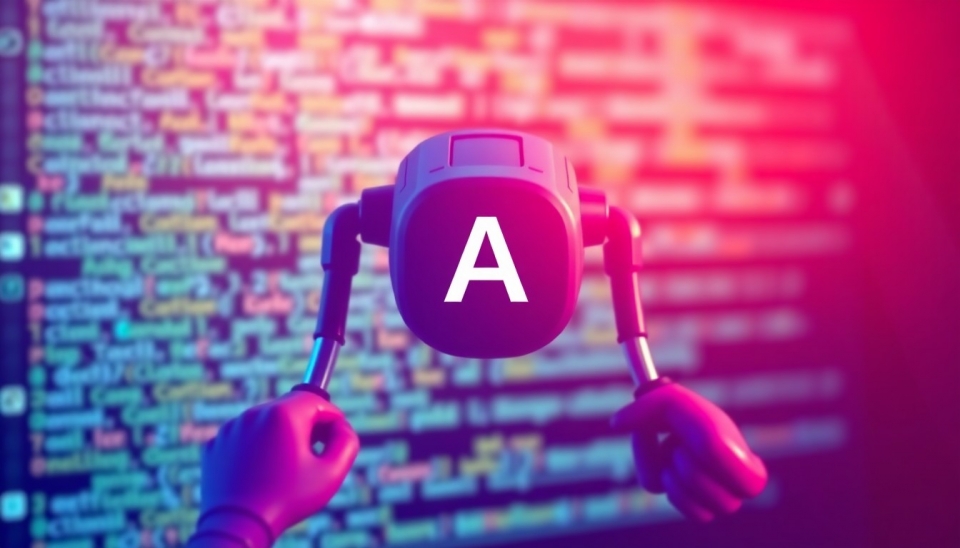
In a groundbreaking development in the tech industry, artificial intelligence (AI) is stepping into the spotlight to tackle the escalating issues associated with aging COBOL (Common Business Oriented Language) code. As many legacy systems continue to rely heavily on COBOL, the need for efficient maintenance and updates has never been more pressing.
The rise of AI in this domain comes at a crucial time when businesses are grappling with a shortage of skilled programmers who can work with legacy systems. Many of these systems, built decades ago, are still vital to the operation of banks, government entities, and corporations around the world. However, their maintenance poses significant risks, including system failures that can disrupt essential services and result in substantial financial losses.
COBOL has long been a staple in industries that require high levels of reliability in transaction processing, making it a linchpin in the backend operations of many organizations. However, as the workforce that understands this programming language ages and retires, there is an urgent demand for innovative solutions to streamline code management and updates.
AI's entry into this field is primarily centered on automating the process of code analysis and maintenance, enabling companies to quickly identify and fix bugs or inefficiencies. By leveraging machine learning algorithms, sophisticated AI programs can now interpret COBOL code, generate analytical reports, and even suggest viable code modifications, drastically reducing the time and effort involved in handling legacy systems.
Industry experts note that AI's capabilities reach beyond mere automation. They highlight its potential to improve not only the efficiency of maintaining existing COBOL code but also to rehabilitate and adapt old codebases to meet modern architecture demands and security standards. This innovation opens up the possibility for smoother transitions to newer technologies without the need for complete overhauls, hence preserving the crucial business logic imbued in these legacy systems.
Furthermore, companies investing in AI-driven solutions for COBOL maintenance are also recognizing significant cost benefits. The reduction in human labor required for routine tasks enables organizations to allocate resources toward more strategic initiatives that foster growth and innovation. As these technological shifts take place, organizations are also likely to see improvements in employee morale and productivity as teams can focus on more challenging and fulfilling tasks.
Retail banks and government agencies, both among COBOL's heaviest dependents, are already integrating these AI solutions into their operational frameworks. This trend reflects a broader movement within various sectors as they seek to modernize their technology stacks while still accommodating and migrating away from legacy systems.
In retrospect, the emergence of AI in the realm of COBOL maintenance may be a pivotal development not just for the programming language itself, but also for the technological landscape at large. As businesses continue to evolve in the face of rapid digital transformation, the ability to harness AI's power will likely dictate competitive advantage and operational resilience in the years ahead.
#AI #COBOL #Technology #LegacySystems #DigitalTransformation #MachineLearning #Automation #Innovation
Author: John Miller




